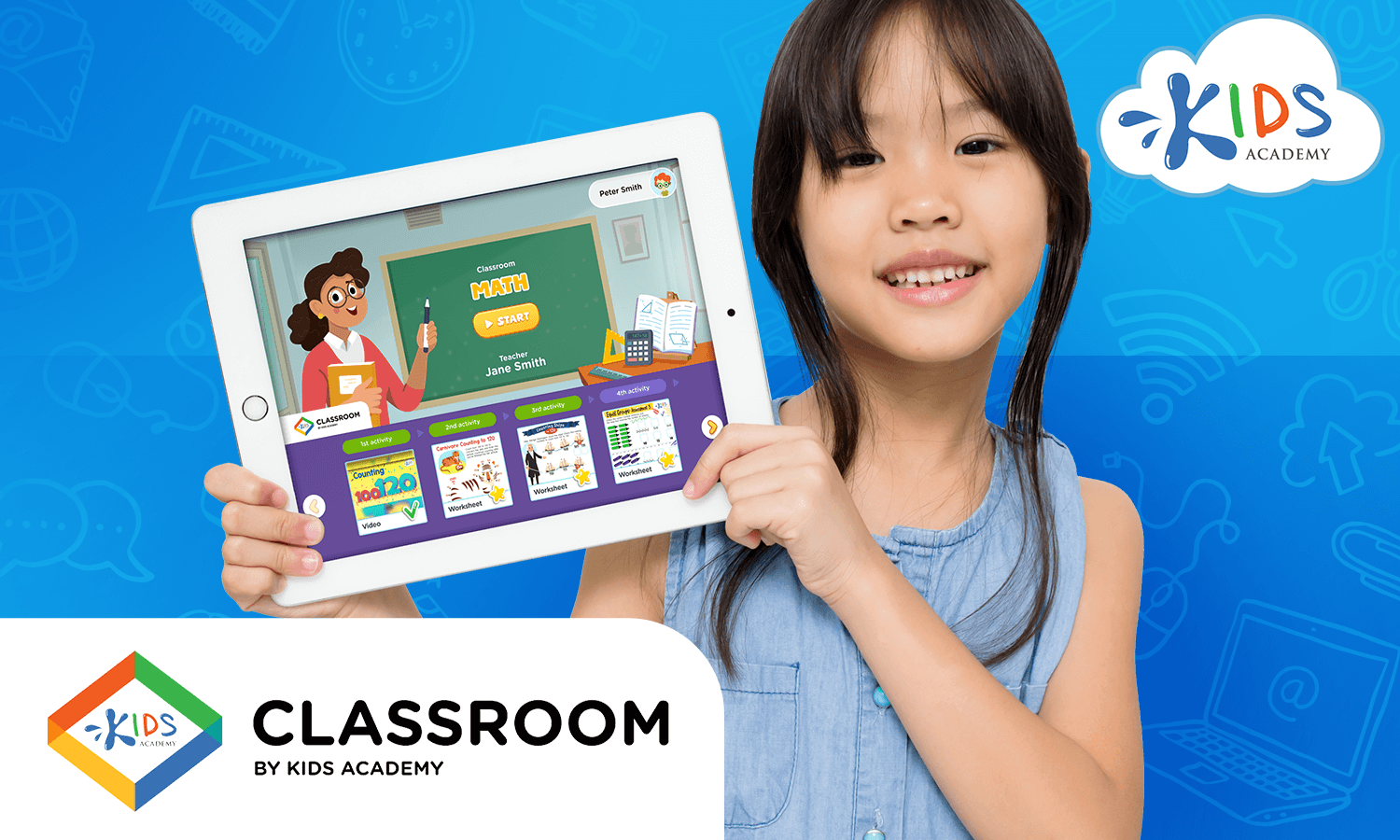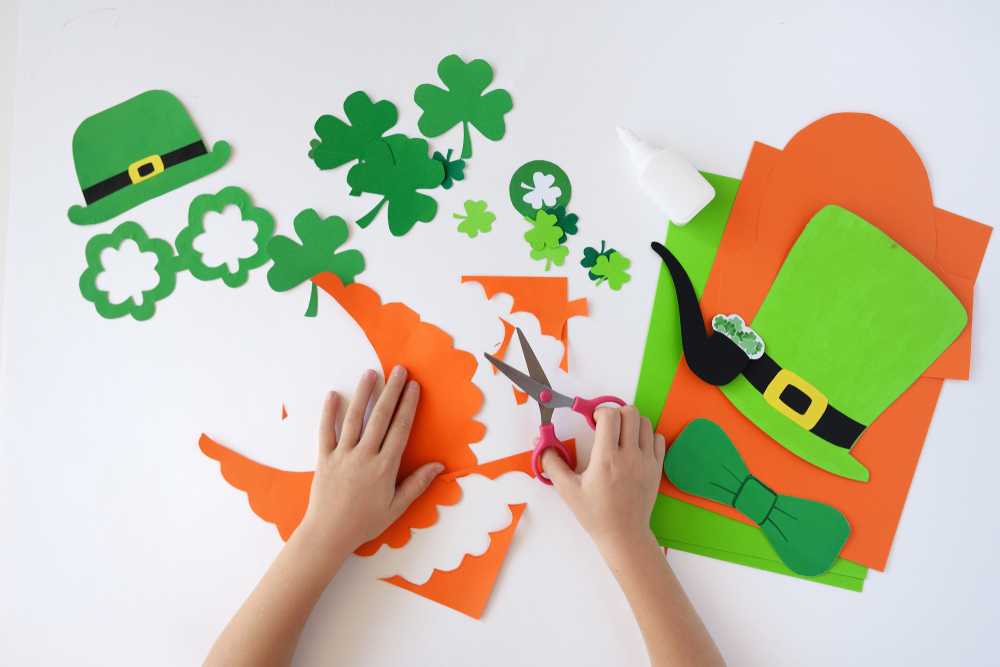Comparing numbers Math Worksheets for Ages 6-8
8 filtered results
-
From - To
Enhance your child's number sense and comparison skills with our Comparing Numbers Math Worksheets for ages 6-8! Our expertly crafted worksheets offer fun and engaging activities designed to help young learners grasp concepts like greater than, less than, and equal to. Ideal for students in 1st and 2nd grade, these worksheets will build foundational math skills through various exercises, including number lines, visual aids, and interactive problems. Empower your child to confidently compare numbers and foster a love for math. Perfect for classroom use or at-home practice. Download now and watch your child's math proficiency blossom!
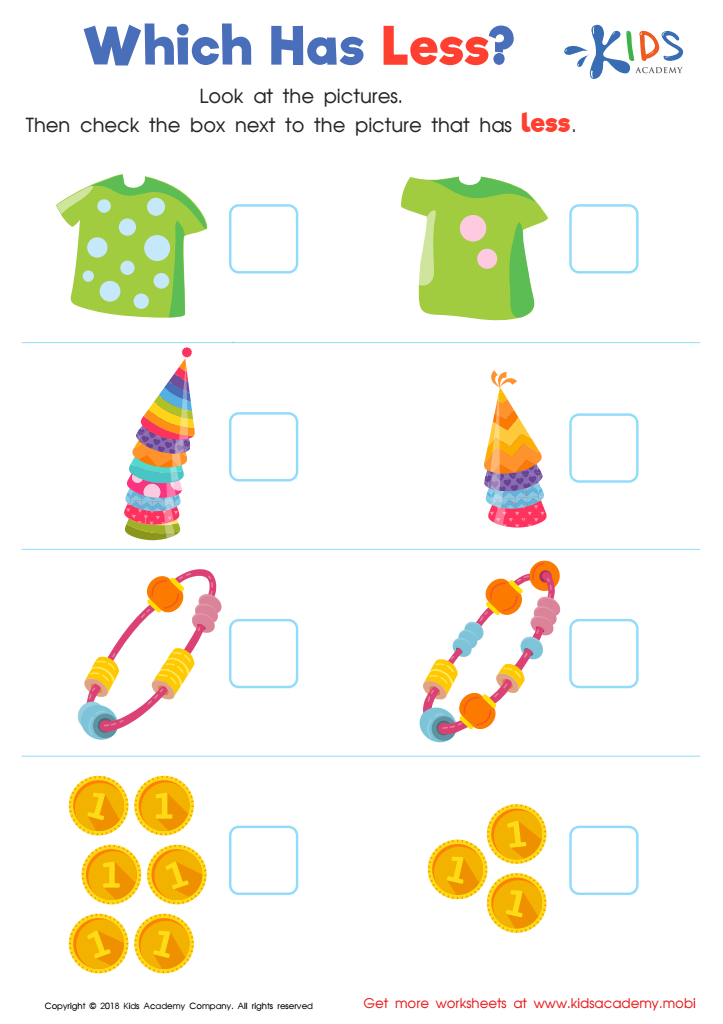

Which Has Less? Worksheet
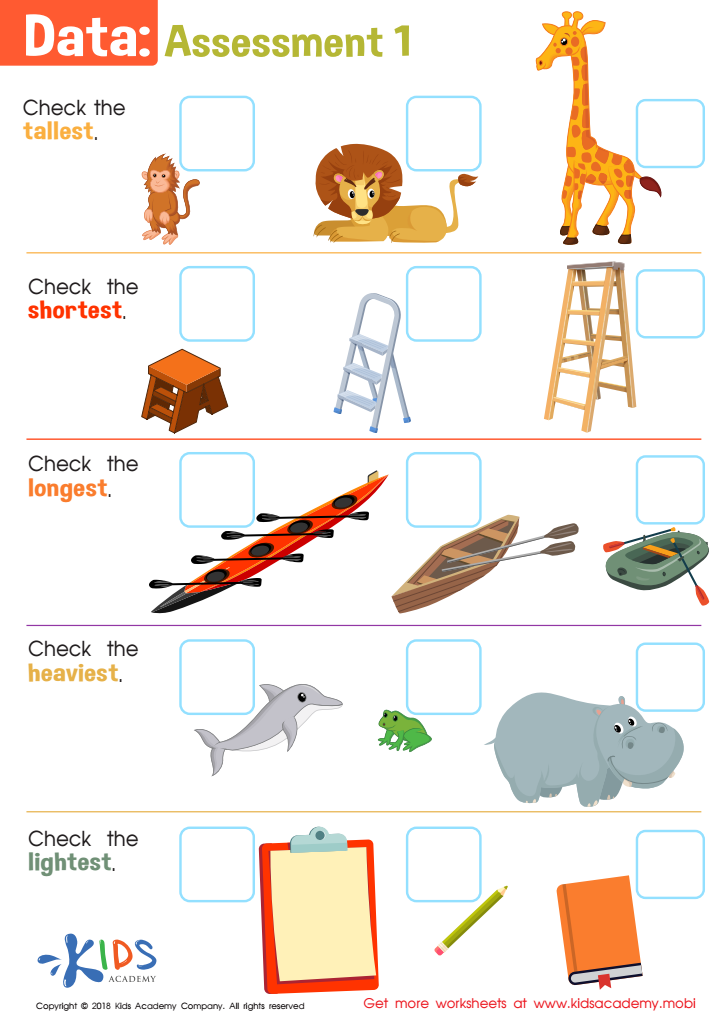

Data: Assessment 1 Worksheet
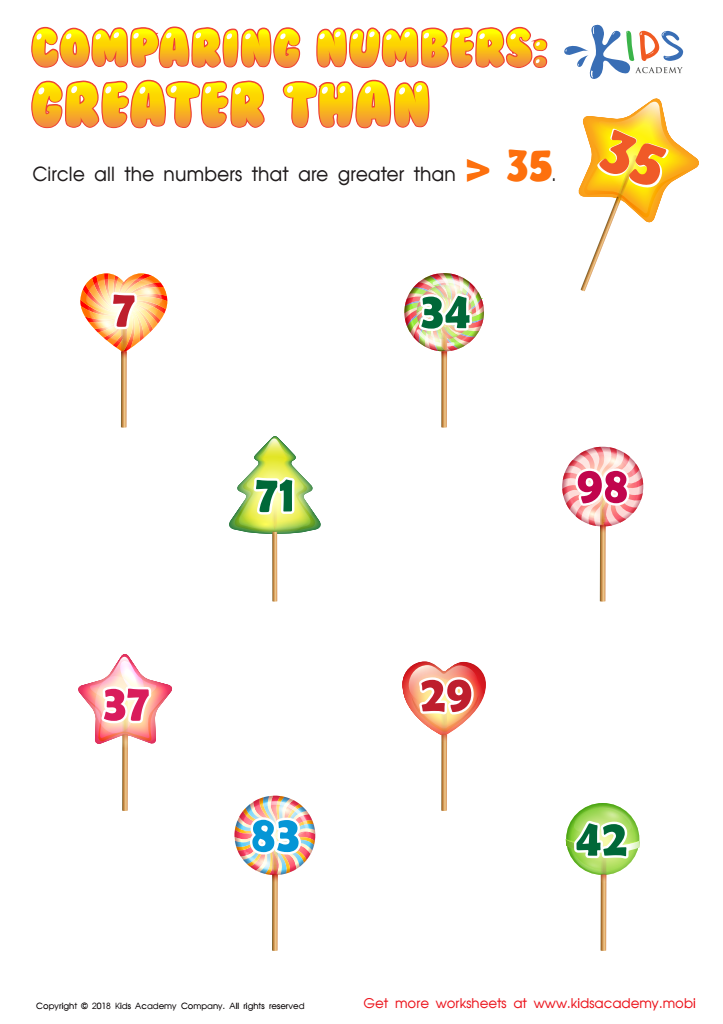

Greater Than Worksheet
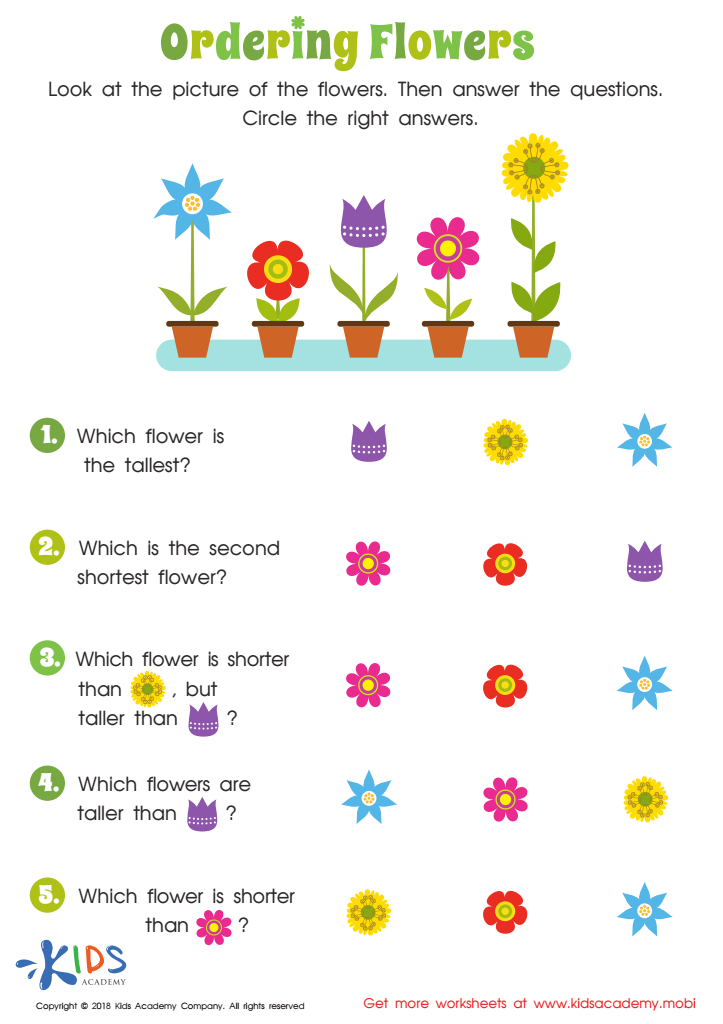

Ordering Flowers Worksheet
Comparing numbers is a foundational math skill that parents or teachers should prioritize for children aged 6-8 because it lays the groundwork for critical thinking, problem-solving, and future mathematical concepts.
Firstly, understanding how to compare numbers helps children grasp the idea of numerical value. They learn to identify which numbers are larger, smaller, or equal, which is fundamental for understanding relationships between numbers. This concept is integral in concrete math operations like addition and subtraction.
Secondly, comparing numbers enhances decision-making and reasoning skills. When kids evaluate the size and magnitude of numbers, they are practicing logical thinking and analytical skills. This kind of cognitive development is crucial not just for math but for other academic subjects and everyday problem-solving.
Finally, mastering this skill prepares youngsters for more complex topics they will encounter later, such as multiplication, division, fractions, and even algebra. It's an early step toward numeracy, a critical life skill that impacts their ability to handle personal finances, use measurements, understand statistics, and many other practical applications.
In summary, emphasizing the importance of comparing numbers for children aged 6-8 helps to develop essential numerical understanding and cognitive abilities that are pivotal to their academic and real-world success.


 Assign to My Students
Assign to My Students
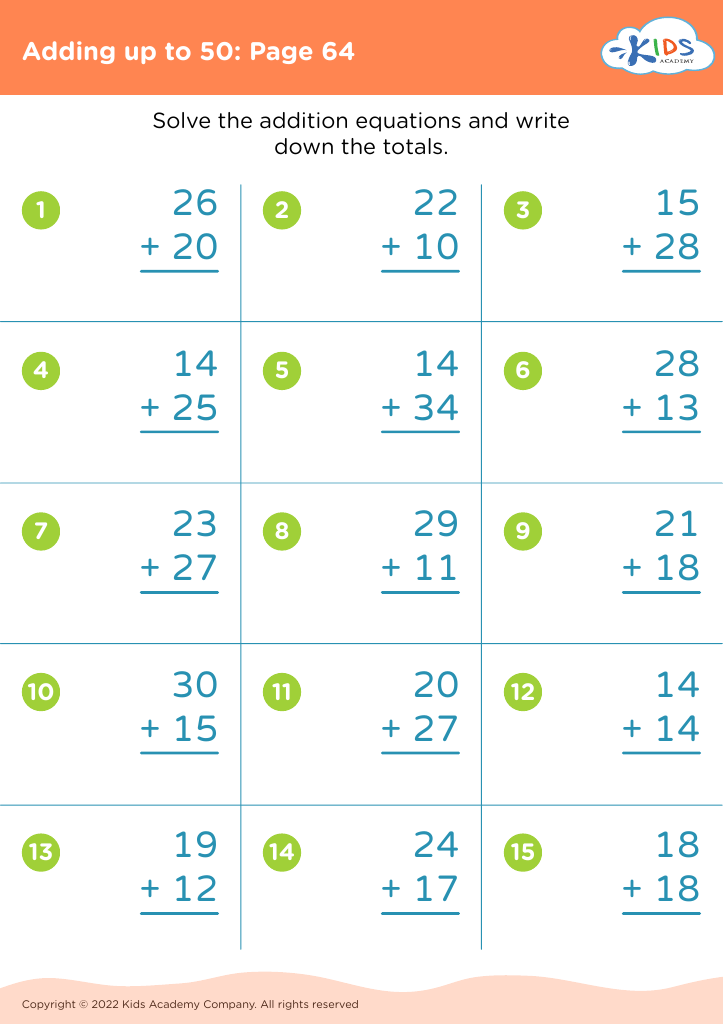
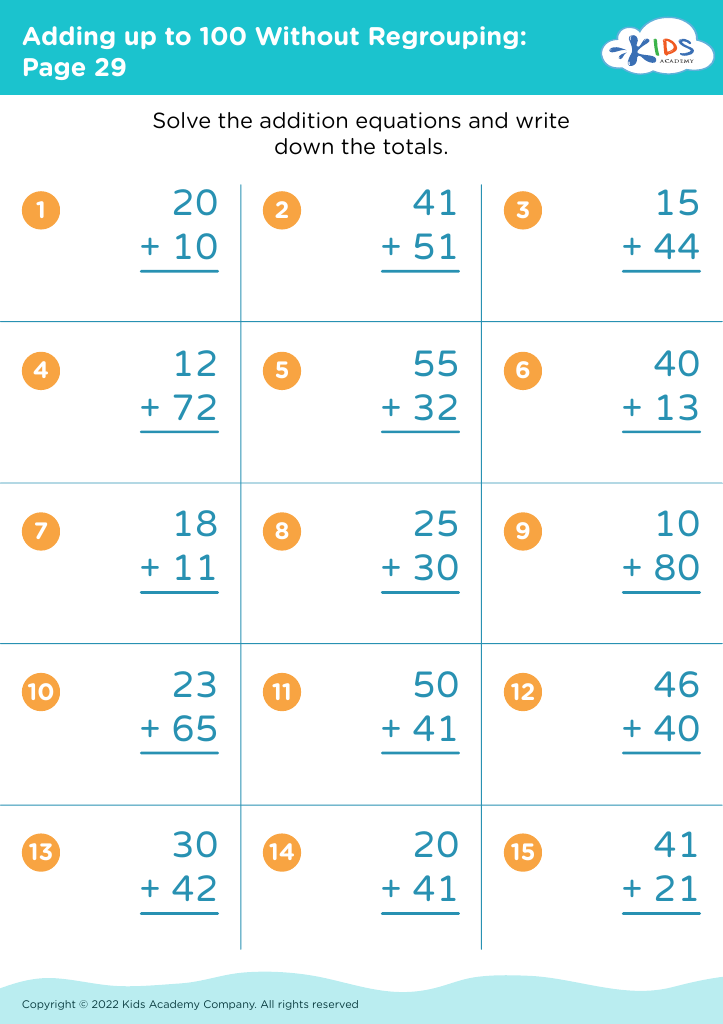
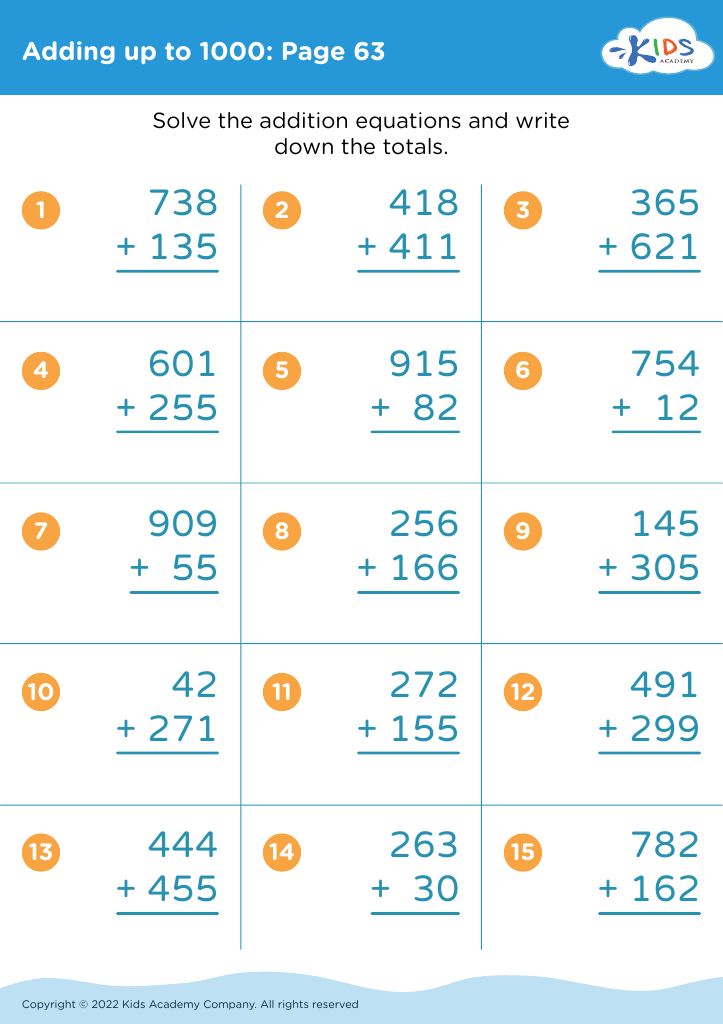




.jpg)
